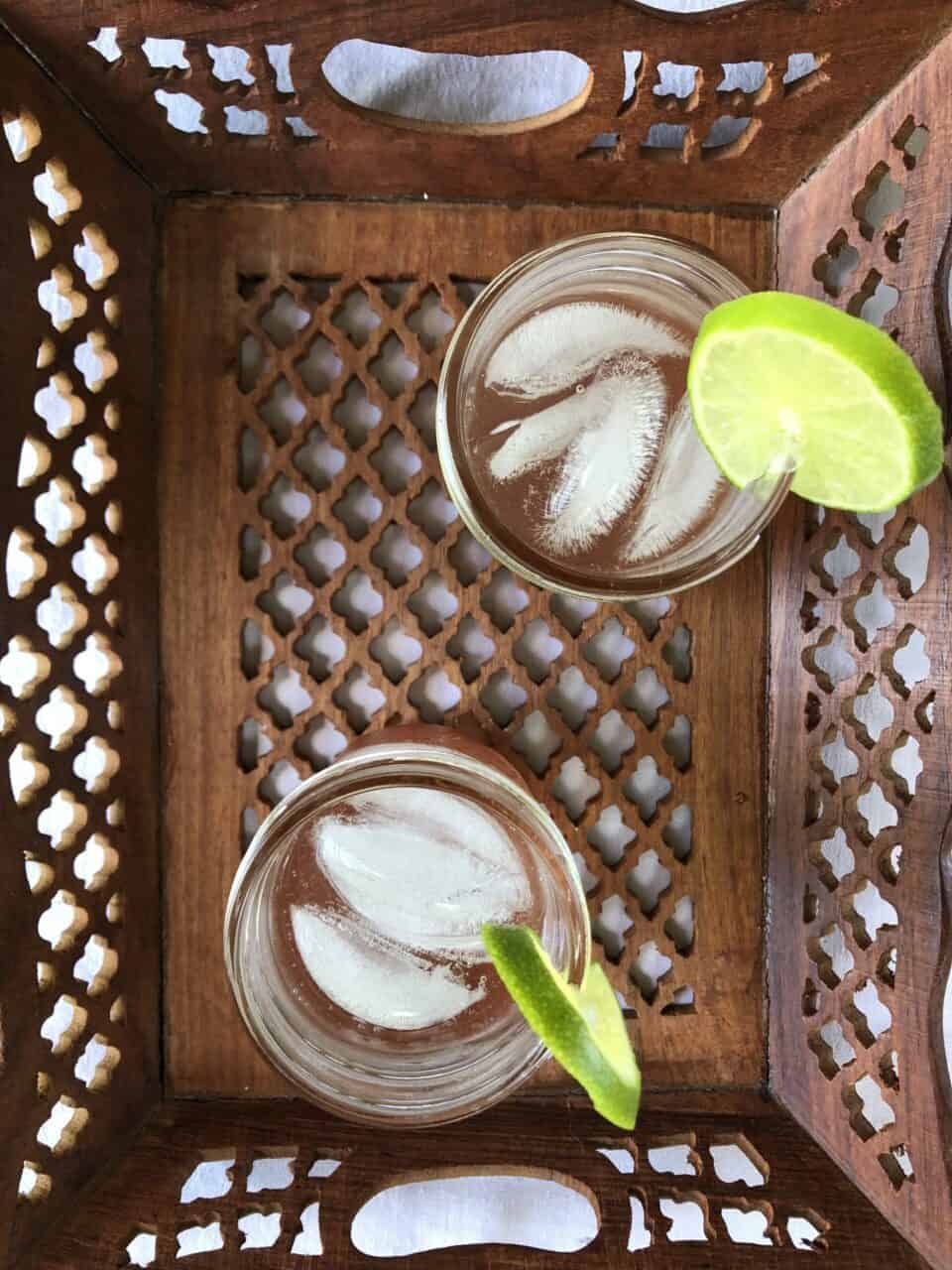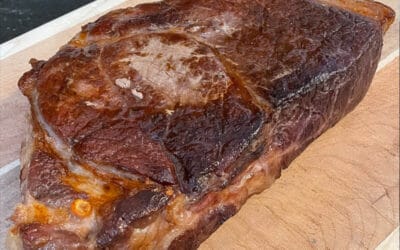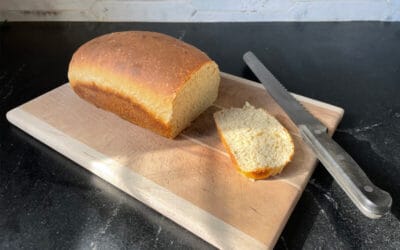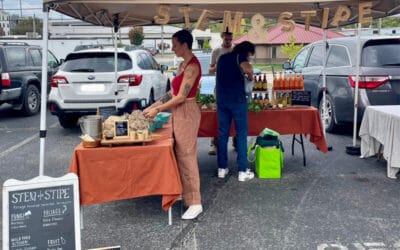Berries and other fresh fruits (and veggies) are abundant right now. They’re great eaten raw, in salads, and on their own. If you have a surplus, freezing is an easy way to preserve many fruits. What about when the freezer is full, though? Try a centuries-old preservation method that will yield refreshing drinks for a hot summer’s day.

Photos by Heather Cross
Shrubs have their origins in medicinal preparations and smuggling operations. Eventually they were appreciated for their own sakes as a way to preserve summer fruit. Eventually, when modern food preservation methods became available and popular, shrubs fell out of favor. Recently, along with other, once common methods of preservation, such as fermentation, the shrub is making a comeback. In Chattanooga you can find drinking vinegars at Community Pie, for example. They are served as alternatives to soda and are non-alcoholic, but in some places shrubs are made into mixed drinks.
In a shrub the fruit is preserved by vinegar and sweetener. Although there will be some fermentation with a live vinegar – such as many apple cider vinegars – the preservation comes from the acidity of the mixture. Vinegar also gives the shrub a tangy taste, though that mellows with age.
You can make a shrub with any fruit, and many vegetables, alone or combined. You can add herbs and spices for flavoring, or make one with herbs only, such as this lemon balm shrub.
For sweetener use sugar, honey, maple syrup, or a mixture. I’ve used both honey and maple syrup and choose which one based on the fruit as well as the result I want to achieve. Note that the brightest colors will be with white cane sugar and a dark honey or maple syrup will affect the color.
Raw apple cider vinegar offers probiotic benefits, but you can use any vinegar you like. If you want probiotic effects and a specific flavor, try combining apple cider vinegar with another vinegar, such as balsamic. Like sweetener, various vinegars will change the color of your shrub, with a red wine vinegar making the most noticeable change.
The basic ratio for shrub is one part fruit, a half part sweetener, and a half part vinegar. This can vary, partly based on whether or not your fruit has a lot of pit or thick skin that you leave in. For instance, I made a cherry shrub with two parts whole cherries to the half parts of sweetener and vinegar. Add flavorings in small amounts, especially as many flavors can intensify while the shrub rests. A great thing about using ratios is that you can easily make a shrub with even small amounts of fruit.

Take a moment to enjoy the colors before you mash up your fruit!
Making the shrub has nearly as many variations as its ingredients and their ratios. You can choose a cold method or a hot one. I’ll describe the cold one. I’ve read it gives the best flavor, and it allows the good enzymes in the apple cider vinegar to live. Even within this method there are variations! What I’ve done is mashed my fruit in a mason jar with the sweetener and flavorings, added the vinegar, and mashed some more.
Once the shrub is combined it needs to rest. Recipes differ widely once again on how long and where. I like to give it some time at room temperature, though in the summer a day is probably plenty. After that, I leave it in the fridge for a few days before straining. Some recipes say to discard the pulp. Others recommend saving it for crumbles or ice cream toppings. So far I’ve enjoyed my leftover pulp on yogurt. Once it’s strained the shrub is ready to drink, but you may want to let it mellow in the fridge longer. Try it at various intervals and see when you like it best.
To serve, add a small amount of shrub to sparkling water over ice. Try about one part shrub to four parts water and adjust to taste. Shrubs are also used in alcoholic drinks, and there are plenty of recipes online.





0 Comments